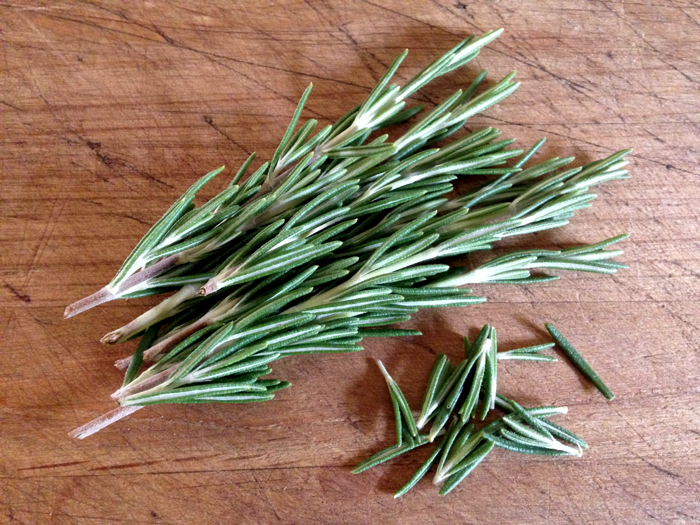One of the benefits I enjoy about having space to grow many things, is having endless supplies of fresh herbs. Buying fresh herbs in a supermarket is hardly worth the effort. You get just a few sprigs in a container, and they certainly weren’t picked moments ago. I get to step outside and pick fresh herbs by the handful.


I’m baking bread today, and for a pound loaf, I like to add plenty of rosemary to give it a nice flavor. Oregano, marjoram, chives, parsley, these are all herbs that grow like weeds. It doesn’t take much to have more than you can possibly use. Which reminds me of an article I read today at The Splendid Table about reclaiming the front yard with edible estates. Artist and architect Fritz Haeg is the author of Edible Estates: Attack on the Front Lawn.
The article describes Fritz’s latest urban garden project in St. Paul, MN. It’s a 4,500 square foot front lawn converted, as Fritz describes it into a “pleasure garden that happens to produce food … The point is to make visible food production in the city, but in a very pleasurable way. I think the whole point is for everyone to look at this and think, ‘I could do this too.’”
This is what Fritz has to say about the front lawn:
By attacking the front lawn, an essential icon of the American Dream, my hope is to ignite a chain reaction of thoughts that question other antiquated conventions of home, street, neighborhood, city, and global networks that we take for granted. If we see that our neighbor’s typical lawn instead can be a beautiful food garden, perhaps we begin to look at the city around us with new eyes. The seemingly inevitable urban structures begin to unravel as we recognize that we have a choice about how we want to live and what we want to do with the places we have inherited from previous generations. No matter what has been handed to us, each of us should be given license to be an active part in the creation of the cities that we share, and in the process, our private land can be a public model for the world in which we would like to live.
If there were gardens like this in every city neighborhood, there could be beautiful hedges of herbs like rosemary and oregano and thyme, with the understanding that they were not only there to be looked at, but also to be enjoyed. Residents would be encouraged to pick herbs by the handful. Residents’ food choices would not be limited to what the supermarkets offered. It would be limited only by their imagination as to what they could plant and grow.